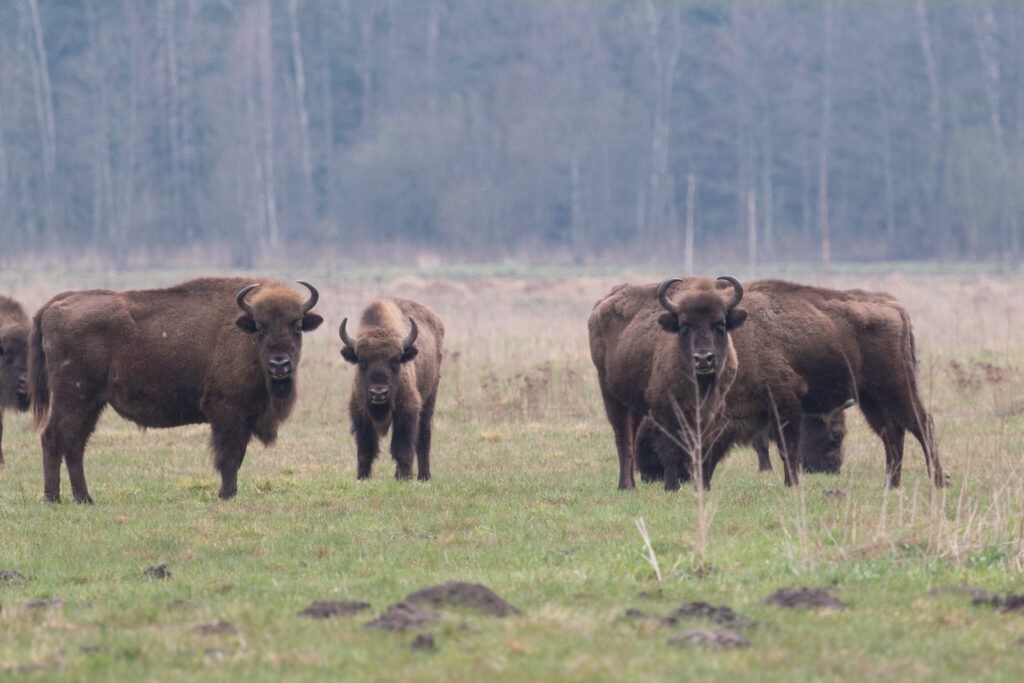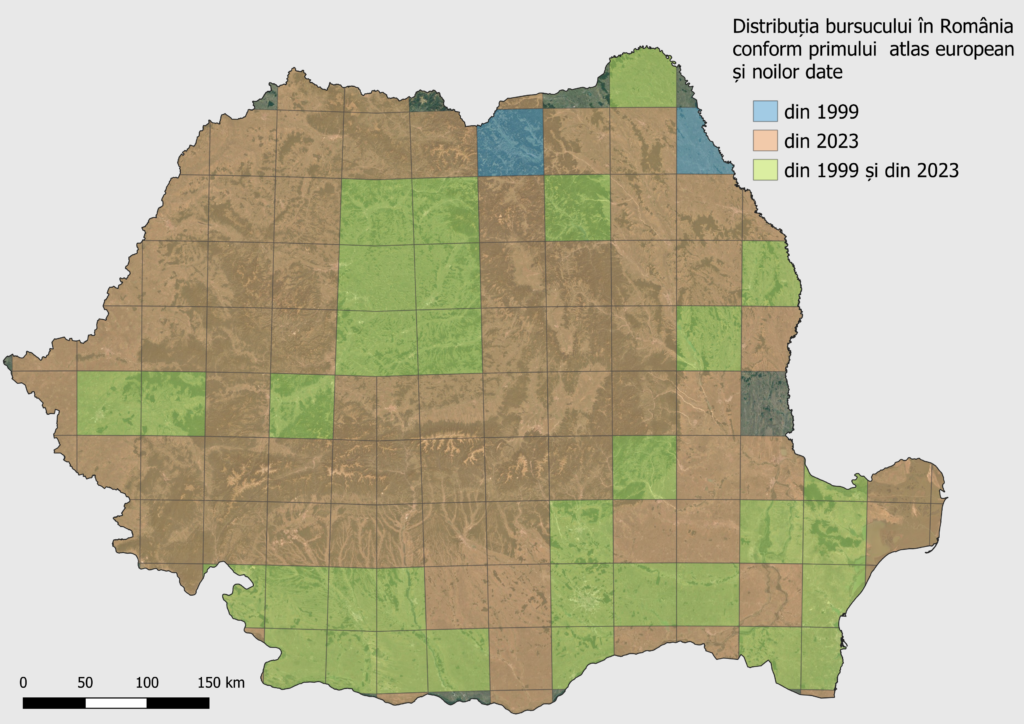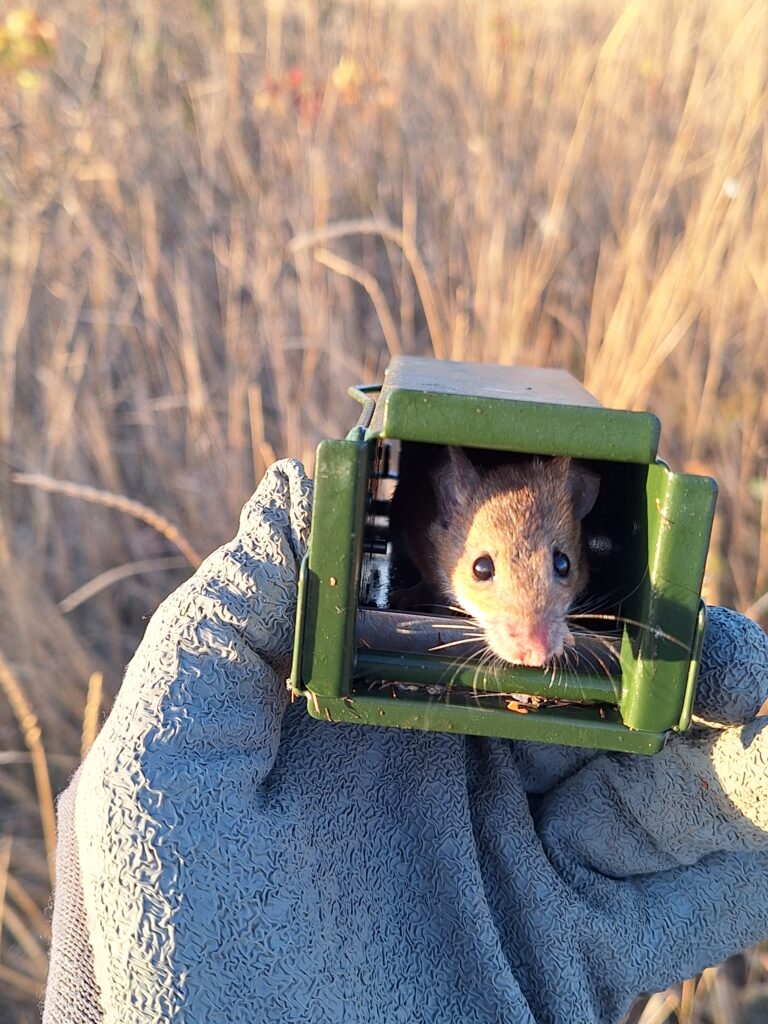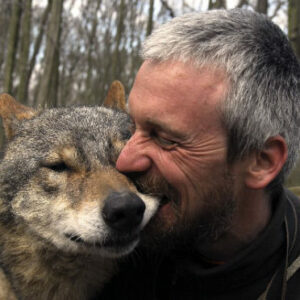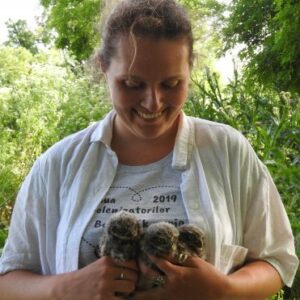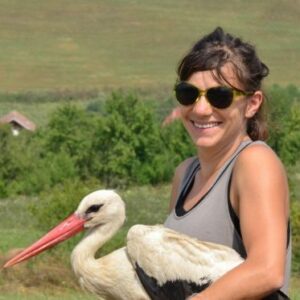Thanks to its diverse geography, Romania has a larger number of mammal species compared to other European countries of similar size: 107 species have been recorded in the last century, representing 40% of all European species. Currently, 101 mammal species are known to occur in the country, 94 of which are indigenous. Of these, three species (European bison, Eurasian beaver, alpine marmot) are present today due to reintroductions and one (moose) is only recorded as a vagrant.
Almost 25 years ago, in 1999 the first European mammal atlas saw the light of day. This project summarized all the information available at that time about the distribution of mammal species in Europe and presented them on maps. Since then, there have been many changes in the taxonomy of mammals and hence in the number of known species, but also important differences in the distribution of some species, due to their decline or greater dispersal. At the same time, especially in Eastern European countries, scientific interest in mammals and, consequently, knowledge about them has increased considerably. This has led to the need for a new atlas to provide an up-to-date picture of the diversity of Europe’s mammals.
The EMMA2 (European Mammals on Maps) project was launched in 2016 with the participation of 43 countries, including new countries compared to the first altas (Belarus, Moldova, Russia, Ukraine, and the countries that had earned their independence since – Kosovo and Montenegro). Unfortunately, Russia’s researchers have recently been excluded from the project for political reasons. Due to this, 35% of the area originally planned on being mapped, was not included. This large-scale volunteer project in Romania is led by experts from the Grigore Antipa Museum of Natural History, the Centre for Bat Research and Conservation and Milvus Group.
Milvus Group’s primary data collection platform is the OpenMammalMaps database, with 159 members and 39 000 mammal observations to date. To complete the dataset, we have also used observations collected in previous projects. Thanks to additional fieldwork, we were able to collect more data, mainly with trapping small mammals and analyzing owl pellets. Furthermore, mammal data from several specialists have been obtained for this project.
The final dataset, which resulted from the collaboration between the three national coordinators, was submitted in December 2023 and includes distribution data for 103 mammal species in 50×50 km grids. The volume will be published in 2025.

